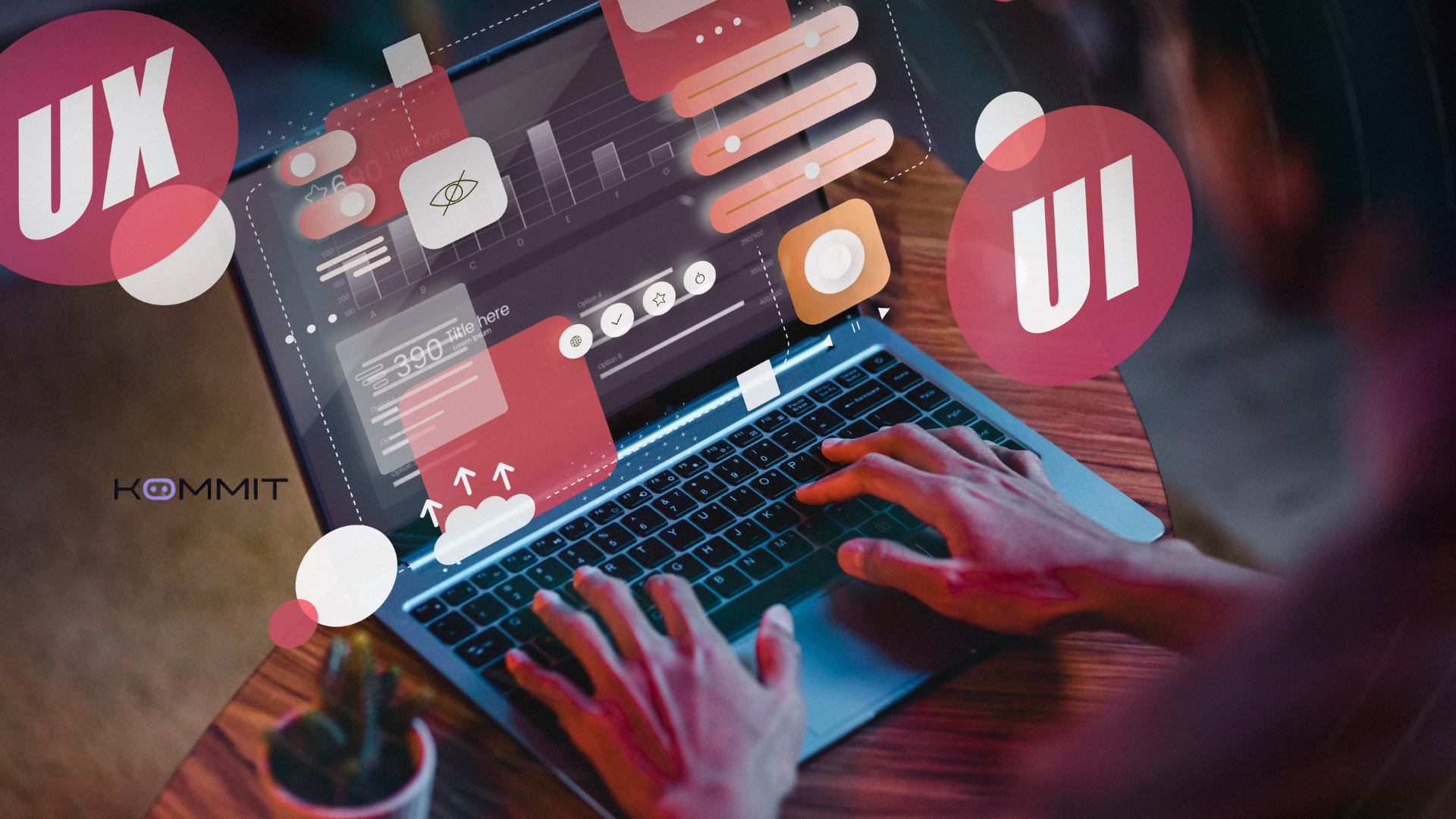Top Web Design Trends in 2025 to Inspire Your Next Redesign

Strong 8k brings an ultra-HD IPTV experience to your living room and your pocket.
In the fast-evolving digital world, a website isn't just a digital business card — it's a dynamic user experience hub. As web design and development and technology continue to merge, 2025 brings exciting new trends that not only enhance aesthetics but also elevate functionality, accessibility, and conversion potential.
If you're planning a website redesign or launching a new project this year, these top web design trends in 2025 will help you build a future-ready, engaging, and high-performing digital experience.
1. AI-Driven Personalization
Artificial intelligence has officially stepped into the realm of UX. In 2025, AI-powered design enables websites to personalize content, layouts, and even product recommendations based on user behavior, preferences, or browsing history.
What it looks like:
Dynamic content changes depending on time of day or location
Personalized product or blog recommendations
Chatbots that adapt tone and suggestions based on user queries
Why it matters:
It improves engagement, reduces bounce rates, and increases conversion by making the experience feel tailored to each visitor.
2. Voice-Activated Interfaces
With smart speakers and voice search on the rise, websites are adapting to voice-user interface (VUI) design. In 2025, voice-enabled browsing isn’t just a feature — it’s becoming an expectation.
Key features:
Voice search on e-commerce sites
Voice-based navigation for accessibility
Integration with Siri, Google Assistant, and Alexa
Pro tip: Add schema markup to make your content voice-search friendly.
3. Immersive 3D & Interactive Elements
Modern browsers and fast internet connections have paved the way for lightweight 3D graphics and interactive animations. In 2025, designers are using immersive 3D to tell stories, demonstrate products, and elevate brand perception.
Examples include:
360° product viewers
Scroll-based animations
Interactive storytelling with layered parallax
This approach keeps users engaged longer and adds a wow factor to your UI.
4. Dark Mode and Adaptive Design
Dark mode is no longer just a preference — it’s a mainstream design standard. It reduces eye strain, saves battery life, and provides a sleek, modern aesthetic.
What’s new in 2025:
Auto-switching light/dark themes based on user settings
Color modes that adjust for brightness levels
Accessibility-focused adaptive contrast features
Pairing dark mode with vibrant accent colors can help key content pop beautifully.
5. Minimalism Meets Maximal Impact
The “less is more” approach continues, but with smarter use of white space, oversized typography, and microinteractions. It’s not about stripping down — it’s about focusing on clarity and conversion.
Key components:
Bold, large fonts
Limited color palettes
Intentional whitespace for breathing room
Micro-animations on buttons and forms
This keeps the interface clean while guiding the user’s attention effectively.
6. Motion Design That Informs, Not Distracts
While flashy animations are being toned down, motion design is becoming smarter. In 2025, motion is used for purpose — guiding actions, confirming interactions, or making navigation smoother.
Examples:
Loading animations that entertain
Hover effects that preview product details
Scroll-triggered animations for storytelling
Keep it subtle and ensure motion enhances usability, not overwhelms it.
7. Advanced Accessibility Standards
Accessibility is no longer optional. As legal regulations and user expectations grow, 2025 sees a massive focus on inclusive design.
Essential practices:
Full keyboard navigation support
High-contrast text and buttons
ARIA roles and semantic HTML
Closed captions for video/audio
Designing for all users not only avoids legal trouble — it expands your audience and builds trust.
8. Faster, Lighter, Greener Web Design
With sustainability on the rise, eco-friendly web design is gaining traction. This involves minimizing carbon footprints by optimizing site performance and hosting.
Best practices:
Lightweight frameworks (no-code/low-code)
Efficient images and clean code
Lazy loading for off-screen content
Using green hosting providers
Speed is not just good for SEO — it’s part of your brand’s environmental responsibility.
9. No-Code and Low-Code Tools in Design Workflow
Thanks to platforms like Webflow, Framer, and EditorX, designers are now building full websites visually without heavy coding.
How it helps in 2025:
Speeds up prototyping and testing
Reduces developer dependency
Allows real-time collaboration
Even if you're redesigning with a team, low-code tools help iterate faster and scale smarter.
10. Mobile-First with Thumb-Friendly UX
With mobile traffic dominating, 2025 websites are being designed for thumbs first. Mobile-first is no longer a responsive layout — it’s a mobile-priority user journey.
Design tips:
Place key actions in thumb zones
Use sticky CTAs and menus
Compress images for fast mobile loading
Avoid pop-ups that block small screens
Remember: a great mobile experience = higher conversions.
11. Augmented Reality (AR) Integration
AR isn't just for apps anymore. Thanks to WebXR and modern JS frameworks, 2025 websites are adding augmented reality experiences directly in the browser.
Practical uses:
Try-on features for fashion or eyewear
Product previews in your real environment
Interactive AR tours or demos
Brands that embrace AR create memorable, high-engagement experiences.
12. Data-Driven Design Decisions
Web design is becoming increasingly data-informed, not just creatively inspired. UX tools now offer heatmaps, session recordings, and A/B testing — baked right into the workflow.
Use tools like:
Hotjar or FullStory for user behavior
Google Optimize for live tests
GA4 for funnel and goal tracking
Redesigns in 2025 are iterative — informed by user behavior, not just aesthetics.
Final Thoughts: Design for the Future, Not the Past
Your website is one of your most powerful digital assets. As 2025 sets new standards in user expectations, redesigning with modern trends ensures you're not just keeping up — you're standing out.
Whether it’s incorporating AI, embracing minimalism, or making your site AR-ready, each trend adds value when implemented with user experience in mind.
Note: IndiBlogHub features both user-submitted and editorial content. We do not verify third-party contributions. Read our Disclaimer and Privacy Policyfor details.


